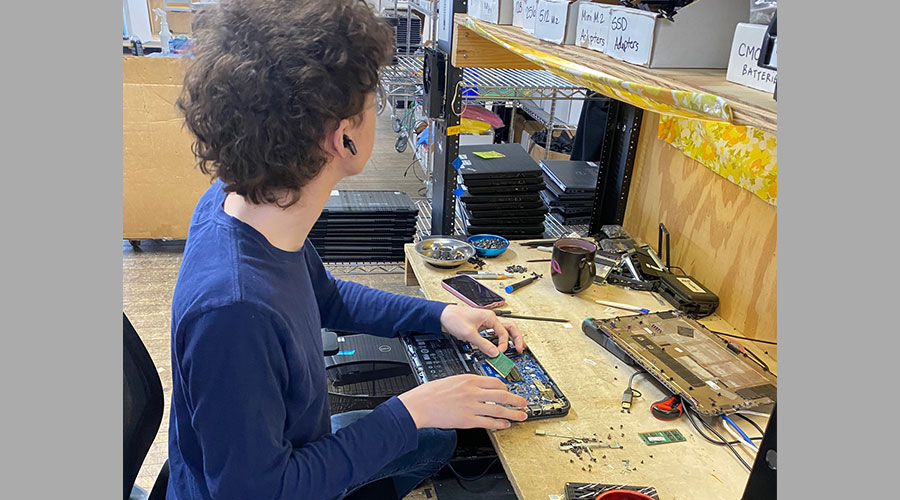Barriers To Water Efficiency
Are there any common perceptions or practices in the commercial real estate industry that are needlessly hampering efforts towards greater water efficiency? If so, what are they and how can they be overcome?
One of the biggest barriers to improved water efficiency is cost. Because water utility rates throughout much of the country are extremely low, it makes it difficult to pencil out the financial case for water efficiency upgrades. One way to overcome this barrier is to consider the embedded energy savings associated with many water efficiency improvements. For example, hand faucets and water using appliances will have an associated hot water savings that can improve the financial case for these upgrades. Another approach to make the financial case for higher cost efficiency retrofits is to package them with quicker payback upgrades and use the savings from the lower cost opportunities to pay for the more capital intensive items.
Misperceptions of water efficient options can also be a barrier. For example, similar to CFLs in the energy space, low flow toilets have a reputation based on historical challenges with performance. Though the technology has improved, there is reluctance to make these changes due to past experiences. Similarly, on the landscaping side, there are some barriers to adoption of more drought tolerant, xeric landscape options due to the perception that it is a less appealing option that includes gravel and cacti. Overcoming these types of misconceptions requires education – taking the time to share case studies and success stories.
Finally, another common challenge that is not unique to water efficiency but that can be a barrier to achieving greater water efficiency is hesitancy to change. If water efficient upgrades will even slightly change the experience for end users or require them to adjust their behavior, there may be resistance to the change. To overcome this challenge maybe test out the new hand sink aerators and toilets in a designated area of the facility to see if users notice the difference and gather feedback before conducting the full upgrade. To ensure success it is important to have the end users bought into the idea.
Answers provided by Becky Fedak, PE, Engineer, with Brendle Group, a sustainability consulting firm based in Fort Collins, Colorado.
Related Topics:














